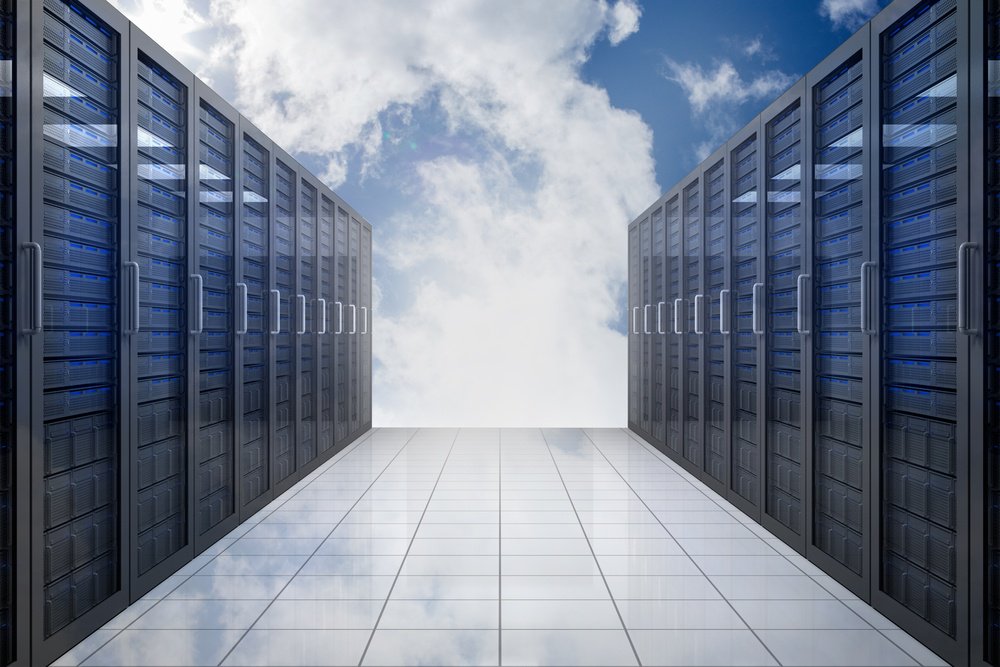Power outages pose great risks for corporate bottom lines and many have already suffered the economic brunt of unforeseen weather and grid events in 2018. Traditionally, commercial and industrial (C&I) businesses have deployed batteries to improve the energy efficiency of their operations while supporting sustainability initiatives.
While these grid-connected assets reduce energy costs through peak shaving and load shifting under normal conditions, they are rendered useless as soon as the power goes out. C&I businesses need their batteries to ensure energy resiliency and lower energy costs regardless of grid conditions.
Setting the record straight on energy efficiency vs. energy resiliency functionality
Not all battery energy storage installations are alike. The majority of batteries are installed for energy efficiency services: peak shaving, peak demand management, load shifting or Time-of-Use optimisation. These battery installations do an excellent job of lowering the facility’s energy costs, and some of these installations act as “virtual power plants and provide demand response services to the utility. None of these battery installations keep the facility operational during a grid outage. The facility goes dark when the grid goes out because the batteries are grid-tied, and per the safety rules governed by the Institute of Electric and Electronics Engineers (IEEE), must turn off during an outage to prevent dangerous electrical back-feed to the grid.
Batteries installed for resiliency have the same functionality of energy efficiency services plus the vital capability of keeping the building’s lights on during a grid outage. The key difference in resiliency battery installations is the ability to safely island away from the grid during an outage. This requires a more complex battery installation and includes a breaker between the building and the utility feed. During an outage, the breaker is opened, separating the facility from the grid, and allowing the energy assets to keep safely operating. Adding an advanced microgrid controller to the installation optimises the operation of the energy assets and keeps renewables operating during the outage, thus maximizing the energy resiliency at the facility.
Preventing the risk of losses
Traditionally, energy resiliency has been performed by back-up generators and uninterruptible power systems (UPS). Hospitals, data centres and military bases purchased these assets because it was imperative to preserve lives, data and national security at all times. Energy resiliency prevents disruption to operations, food integrity and revenue for C&I businesses. Industrial facilities won’t suffer an unexpected production line shutdown; grocery stores keep produce fresh and frozen and service stations continue to pump gasoline. With the ability to stay operational during an outage and continue to collect revenue, why have so few businesses invested in energy resiliency? Historically, capital expenditure (capex) costs and minimal-to-no payback created barriers, especially for thin margin retail businesses such as grocery stores and gas stations. That’s all changed now with advanced battery energy storage technology and new business models.
Read more: Energy Storage News